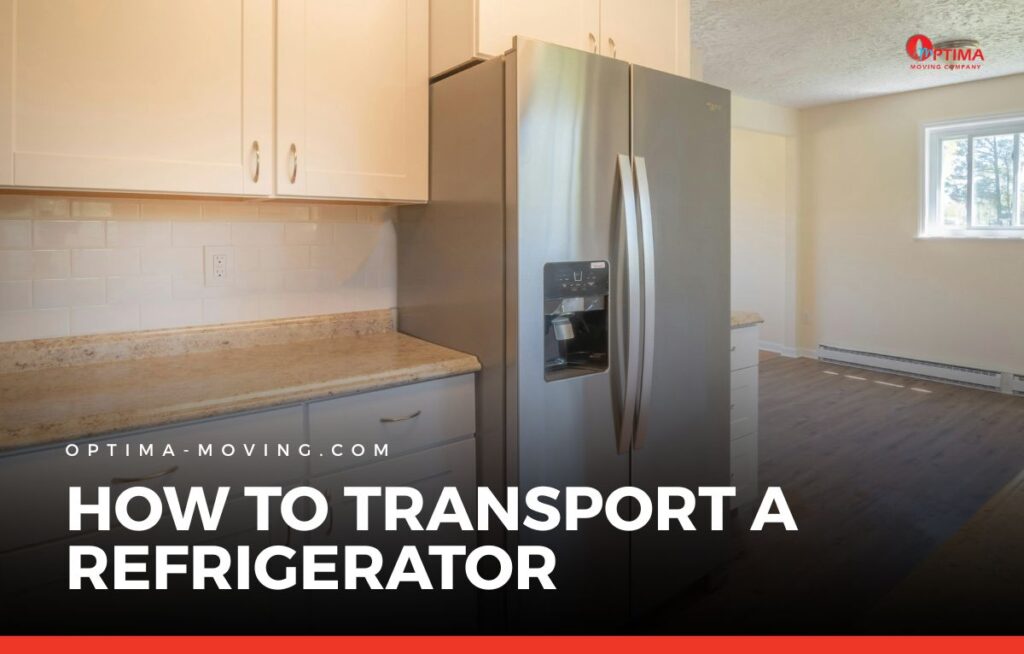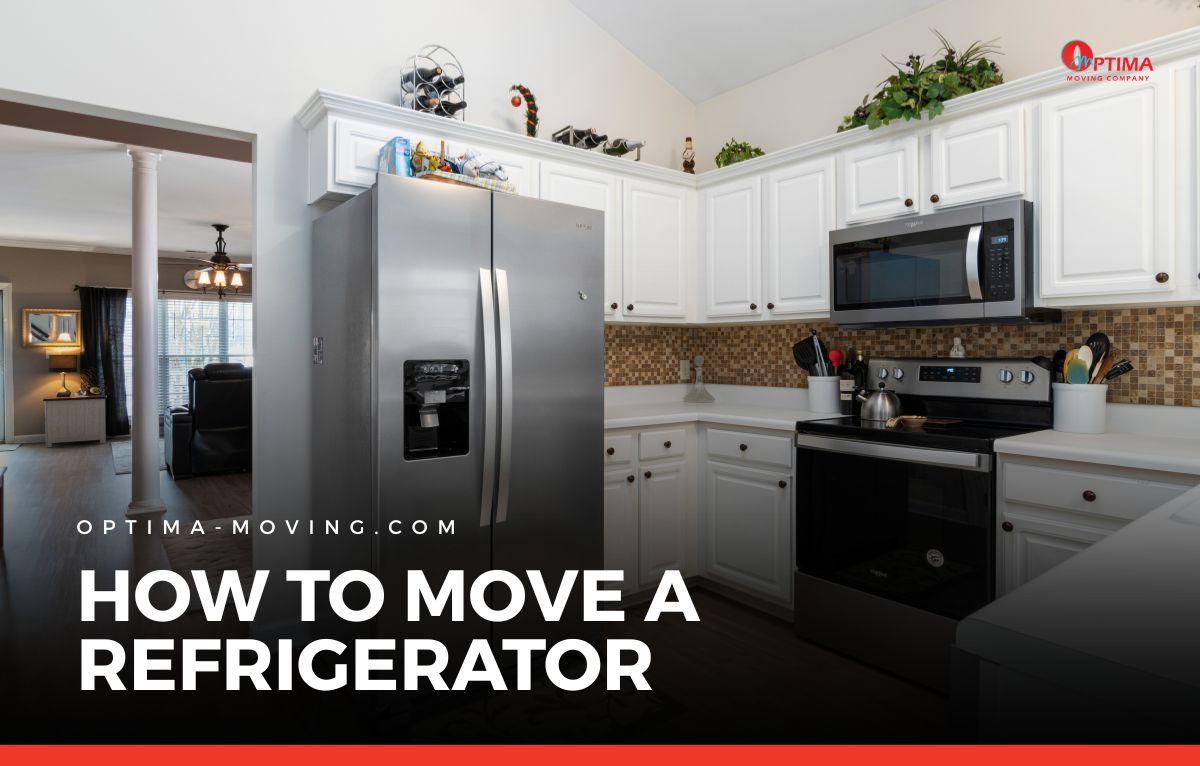Moving a refrigerator is one of the most challenging parts of relocating.
It’s not only heavy and awkward to maneuver, but it also contains fragile parts that can be damaged if handled incorrectly.
If you want your appliance to work efficiently in your new home, you need to know how to transport a refrigerator the right way.
With proper preparation, the right tools, and safe handling, you can move it without risking damage to the fridge or your home.
Step 1: Prepare the Refrigerator in Advance
A successful move starts with proper preparation. Unplug the refrigerator at least 24 hours before moving day to allow it to defrost fully.
This prevents water leaks that could damage floors or other items during the move. As the fridge cools down, remove all food, shelves, and drawers.
Perishable items can be stored in a cooler, while removable parts should be cleaned and dried before packing.
After cleaning the interior with mild soap and warm water, leave the doors slightly open to let air circulate. This simple step helps prevent mold and odors from developing.
Wipe down the exterior as well, checking for any loose handles or hinges that might need tightening before transport.
Step 2: Protect the Appliance Inside and Out
Refrigerators can be scratched, dented, or chipped easily, so padding is essential. Use thick moving blankets to wrap the appliance completely, securing them with packing tape or stretch wrap.
For stainless steel surfaces, a layer of cardboard under the blanket offers extra protection against dents.
Any glass shelves or drawers should be wrapped individually with bubble wrap or thick towels.
If you choose to keep them inside the fridge during the move, make sure they are secured tightly to prevent shifting. Protecting the internal components is just as important as safeguarding the exterior.
Step 3: Plan the Route and Clear the Way
Before moving the fridge, plan the exact path it will take from the kitchen to the moving truck. Measure doorways, hallways, and staircases to confirm that the appliance will fit through without forcing it.
If space is tight, you may need to remove doors from their hinges or temporarily move furniture to create enough clearance.
Clearing the route ahead of time reduces the risk of accidents. Remove rugs, cords, or other tripping hazards so you and anyone helping you can move freely.
When the path is ready, position the fridge so it can be loaded onto the dolly without needing to tilt it excessively.
Step 4: Use the Right Equipment and Techniques
One of the most critical parts of learning how to transport a refrigerator is using the right moving equipment. A sturdy appliance dolly with adjustable straps will help secure the fridge and make it easier to maneuver.
Always keep the refrigerator upright to prevent compressor oil from leaking into the cooling lines, which can cause serious damage.
If you have to tilt it slightly to navigate a corner or doorway, keep the tilt brief and minimal. Have at least one person guiding from the front and another stabilizing from the back.
Wear gloves for a secure grip and closed-toe shoes for safety.
Bullet Checklist: Moving Day Essentials for a Refrigerator
Before the truck arrives, it helps to have a quick visual reference for the major steps. Use this checklist as a last-minute reminder so you don’t overlook something important:
- Unplug and defrost at least 24 hours in advance
- Remove food, shelves, and drawers
- Clean and dry the inside thoroughly
- Wrap the fridge with blankets or padding
- Clear the path and measure doorways
- Use an appliance dolly with straps
- Keep the unit upright during the move
Step 5: Load, Transport, and Unload with Care
When loading the refrigerator onto the moving truck, position it against a wall to minimize movement.
Secure it tightly with straps or bungee cords so it stays in place during the drive. Avoid stacking heavy items on top of it, as the weight can damage the surface or internal parts.
During transport, be mindful of sharp turns, sudden stops, and uneven roads. If your move takes more than a day, try to store the fridge in a climate-controlled space overnight to avoid temperature extremes.
In hot or cold weather, adding extra insulation like padded blankets can help protect the appliance’s internal temperature and reduce strain on its components.
On arrival, unload it carefully and move it directly to its new spot. Take your time navigating tight corners or doorways to avoid scratches or dents.
Once in place, let the refrigerator sit upright for at least four to six hours before plugging it in so the compressor oil can settle.
Step 6: Avoid Common Moving Mistakes
Many people run into problems by skipping critical steps. Moving a fridge without defrosting it first can lead to water leaks and floor damage.
Transporting it on its side for too long can harm the cooling system, while failing to secure shelves and drawers can cause breakage inside the unit.
Another oversight is underestimating the weight and size of the appliance. Attempting to move it without the right equipment or enough people increases the risk of injury.
It’s also common for movers to forget to check the appliance’s balance once placed in its new location — a refrigerator that isn’t level can affect performance and cause the doors to swing open or shut unexpectedly.
Following the preparation, protection, and handling steps above reduces these risks significantly.
Keep Your Fridge Working After the Move
Understanding how to transport a refrigerator is about preparation, protection, and patience. From unplugging it early to securing it properly in the truck, every step plays a role in making sure it arrives in working order.
If you’re planning a move in Maryland or nearby, Optima Moving can handle the heavy lifting so you can focus on settling into your new home with a fridge that’s ready to keep things cool.




